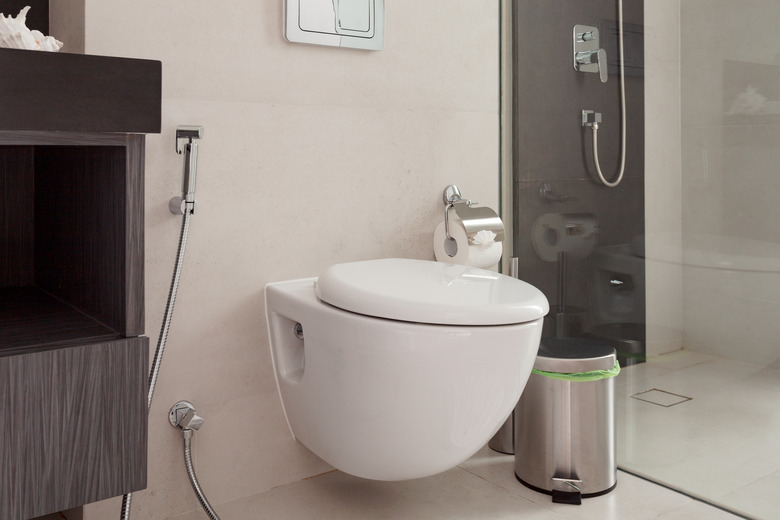How To Build A Septic Drain Field
Properly building a septic drain field is time-consuming, but it pays off in the long run. Septic tanks last from 15 to 30 years. Unfortunately, drain fields, also known as leach fields, do not last that long. If placed in an area with good ground absorption, a drain field can last up to 10 years. Drain fields can consist of four sections 25 feet long or two sections 50 feet long, depending on the configuration you prefer.
1. Do Your Research
Check with your local county office and health department to determine if a permit is required to install a septic field line or if the health department must inspect the drain field while it is being built or after it is finished. In most cases, you'll need a permit and an inspection will be required.
2. Determine Soil Drainage/Absorption
Check the soil to determine its absorption capacity. Soil tests can generally be done by the local Department of Agriculture office for a small fee. A drain field should not be placed in an area that has poor drainage. A septic drain field should be 10 feet from the home or any body of water, and 10 feet from gardens and edible plants.
3. Locate Underground Utilities
Before you begin to dig, call a utility locating company so that you do not sever any underground utility lines. The company will mark the ground above any lines with spray paint or flags. If you do not have the lines marked, and you sever one or more of them, you may be liable for the cost of repairing the cables, including parts and labor.
4. Dig Drain Field Trenches
Each drain-field trench should be at least 3 to 4 feet wide and 3 to 4 feet deep. There should be at least 100 feet of drain field for a 1,000-gallon septic tank. This can be accomplished by making four trenches 25 feet long or two trenches 50 feet long. The trenches should be at a slight downward slant of no more than 1/4 inch per 8 feet of pipe. Too much of a downward slope could cause drainage problems because the waste could pool at the end of the trench.
5. Add Gravel and Perforated Pipe
Place a thick layer of gravel at least 1 foot deep along the entire length of the trench. One and a half feet of gravel would be better. Place perforated pipe into the trench on top of the gravel and, using a clamp, attach the pipe to the septic tank drain.
6. Add More Gravel
Place another half-inch of gravel on top of the perforated pipe and some along the sides of the pipe. Place septic fabric over the gravel to prevent loose dirt from getting into the rocks. Place the dirt that had previously been removed from the trench back into the trench. One week later, after the dirt has settled a bit, put some more dirt on top of the trench to raise the level of soil until it's equal to the surrounding ground and to prevent rainwater from pooling in the depression.
